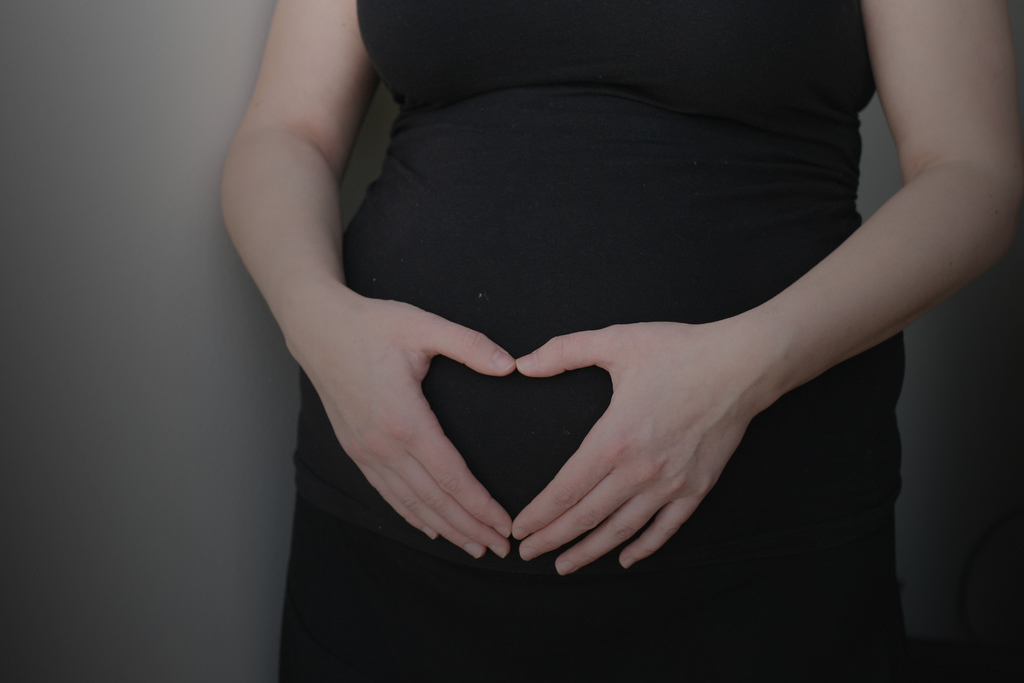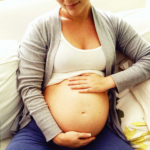Over the last decade, numerous studies on the reproductive safety of selective serotonin reuptake inhibitors (SSRIs) have been published. However, these studies, using different methodologies and studying different populations, have often yielded conflicting results. The extensive data now available in the medical literature can be difficult for clinicians and researchers to sort through. As a result, women who are pregnant or planning to conceive and the clinicians who care for them often end up feeling overwhelmed and confused.
One wonders when we will have enough data to make definitive statements regarding the reproductive safety of SSRIs. While the consensus is that fetal exposure to SSRIs is not associated with a significant overall risk for major congenital malformations, questions have lingered about whether exposure to specific SSRIs during pregnancy increases the risk of specific malformations, such as cardiac septal defects, omphalocoele, and craniosynostosis.
A study published yesterday in the BMJ has followed up on previously reported associations between use of SSRIs in pregnancy and specific birth defects using an expanded dataset from the National Birth Defects Prevention Study. Reefhuis conducted a case control study which compared exposures in 17,952 mothers of infants with birth defects and 9857 mothers of infants without birth defects. These cases were identified through birth certificates and hospital records. Women were asked about exposures to SSRI antidepressants during the month before and through the first trimester of pregnancy. The researchers focused on 14 birth defects categories that were previously reported to be associated with SSRI exposure in the literature.
A total of 1285 children were exposed to SSRIs. Exposures to sertraline, citalopram, and escitalopram were not associated with an increased risk of any of the 14 types of malformations observed.
For children exposed to paroxetine (Paxil), there was an increased risk of five types of malformations: anencephaly OR=3.2, 95% confidence interval 1.6 to 6.2; atrial septal defects OR=1.8, CI 1.1 to 3.0; right ventricular outflow tract obstruction defects OR=2.4, CI 1.4 to 3.9; gastroschisis OR=2.5, CI 1.2 to 4.8; and omphalocele OR=3.5, CI 1.3 to 8.0.
For children exposed to fluoxetine, there was an increased risk of two types of malformations: right ventricular outflow tract obstruction defects OR=2.0, CI 1.4 to 3.1 and craniosynostosis OR=1.9, CI 1.1 to 3.0.
The authors conclude: “These data provide reassuring evidence for some SSRIs but suggest that some birth defects occur 2-3.5 times more frequently among the infants of women treated with paroxetine or fluoxetine early in pregnancy.”
This conclusion is potentially misleading. Patients may be lead to believe that certain SSRIs are safer than others, but we cannot use this single study to guide our decision making and must consider the other studies which have assessed risk for malformations in children exposed to SSRIs.
One such study was published just a few months earlier in the same journal; in this report, Furu and colleagues concluded that SSRI exposure was not associated with an increased risk of any specific congenital malformations. The Furu study was actually quite a bit larger, analyzing data from 36,772 infants exposed to SSRIs in early pregnancy (compared to 1285 exposures in the Reefhuis study). The Furu study was also distinct from previous studies because the investigators were able to adjust for potential confounding from genetic or family-related factors. To do this, the researchers restricted the study population to women with at least two children and were able to conduct sibling controlled analyses by looking at sibling pairs who were discordant for exposure to SSRIs.
Data on the potential teratogenicity of SSRIs derives from smaller cohort studies and larger pregnancy registries. These studies, when data regarding drug exposure can be ascertained prospectively (before the birth outcome is known) can yield reliable data regarding teratogenic risk; however, these studies are usually limited by their small size. It is estimated that at least 500 to 600 exposures must be collected to demonstrate a twofold increase in risk for the most common malformations, and even more exposures are required to generate adequate statistical power to detect an increase in a rarer outcome.
On the other hand, case-control studies (such as the BMJ study from Reefhuis) rely upon much larger sample sizes and have greater statistical power to detect small differences in teratogenic risk, but these studies also have limitations. For example, they are vulnerable to recall bias if drug use is self-reported. Risks may be overestimated if mothers of children with defects are more likely to recall or report drug exposures than women who gave birth to children without defects. Furthermore, one must understand that the word “association” does not necessarily mean “causation.” Antidepressant exposure may be associated with other characteristics or behaviors, such as smoking or being overweight, that also modulate risk. Given these limitations, case-control studies may be more useful in identifying potential teratogens but may less reliable in quantifying the relative risk.
No single study is perfect. Each study has its strengths and its limitations. That is why it would be irresponsible to make clinical recommendations based on data from only one study or a small subset of similar studies. We have a tendency to focus on the most recent studies and the studies with the worst outcomes, but this tendency may lead us in the wrong direction.
Looking at the entirety of the available information on the reproductive safety of SSRIs, the data regarding the use of SSRIs are reassuring. I think we can reasonably say that fetal exposure to SSRIs is not associated with a significant overall risk for major congenital malformations. However, it would be premature to say that one SSRI is safer than another. We are not seeing a consistent signal. For example, Furu et al and Louik et al did not demonstrate an association between fluoxetine exposure and risk for craniosynostosis, while Reefhuis and colleagues suggest an 1.9-fold increase in risk of craniosynostosis.
Based on these disparate findings, we cannot completely rule out that exposure to SSRIs may elevate the risk of some of these rarer malformations. However, it is important to put these risks into perspective. Absolute risk is of far greater clinical value than relative risk and should be taken into consideration before patients are arbitrarily counseled to discontinue antidepressants during pregnancy.
Even if we assume the associations from these case-control studies to be true, the overall risk of malformations remains low. For example, the prevalence of omphalocoele in the general population is 1 per 4000 births. If we assume that paroxetine increases the risk by 3.5-fold, this translates into an absolute risk of 3.5 cases per 4000 births (or 0.0875%). That’s less than 1 out of every 1000 births. Craniosynostosis occurs in 1 per 2500 births in the general population. If we assume that fluoxetine increases the risk of craniosynostosis by 1.9-fold, the absolute risk is 1.9 cases per 2500 births (or 0.076%). Again, a very small risk.
So it’s taken me several hours and 1178 words to say the following:
Even if we look at the most concerning data from this report, the findings are actually quite reassuring. In short, the risk of malformations associated with prenatal exposure to the SSRIs is either very small or non-existent. Based on the cumulative data we have, it does not appear that one SSRI is safer than another with regard to risk for congenital malformation.
Ruta Nonacs, MD PhD
Reefhuis J, Devine O, Friedman JM, Louik C, et al. Specific SSRIs and birth defects: bayesian analysis to interpret new data in the context of previous reports. BMJ June 2015.







Thank you, Dr. Nonacs, for this thoughtful, measured, and timely summary of the study. It is unfortunate that this study is being portrayed in such an alarmist way in the media, when it essentially provides what is generally reassuring information about SSRI’s. In contrast, the Furu study, which attempted to address the central issues around confounding and did not find an association with birth defects, got almost no media attention.
It is unfortunate. Thanks for your support.
Thank you for this timely response to the study – I was waiting til your website commented, since I can always trust your thorough clinical assessments and recommendations!
Thank you for your editorial. I am in a position of having to frequently discuss psychotropics in pregnant women. Once I was made aware of this study, I came here hoping to find a measured and intelligent comment. And that’s exactly what I found. Thank you !